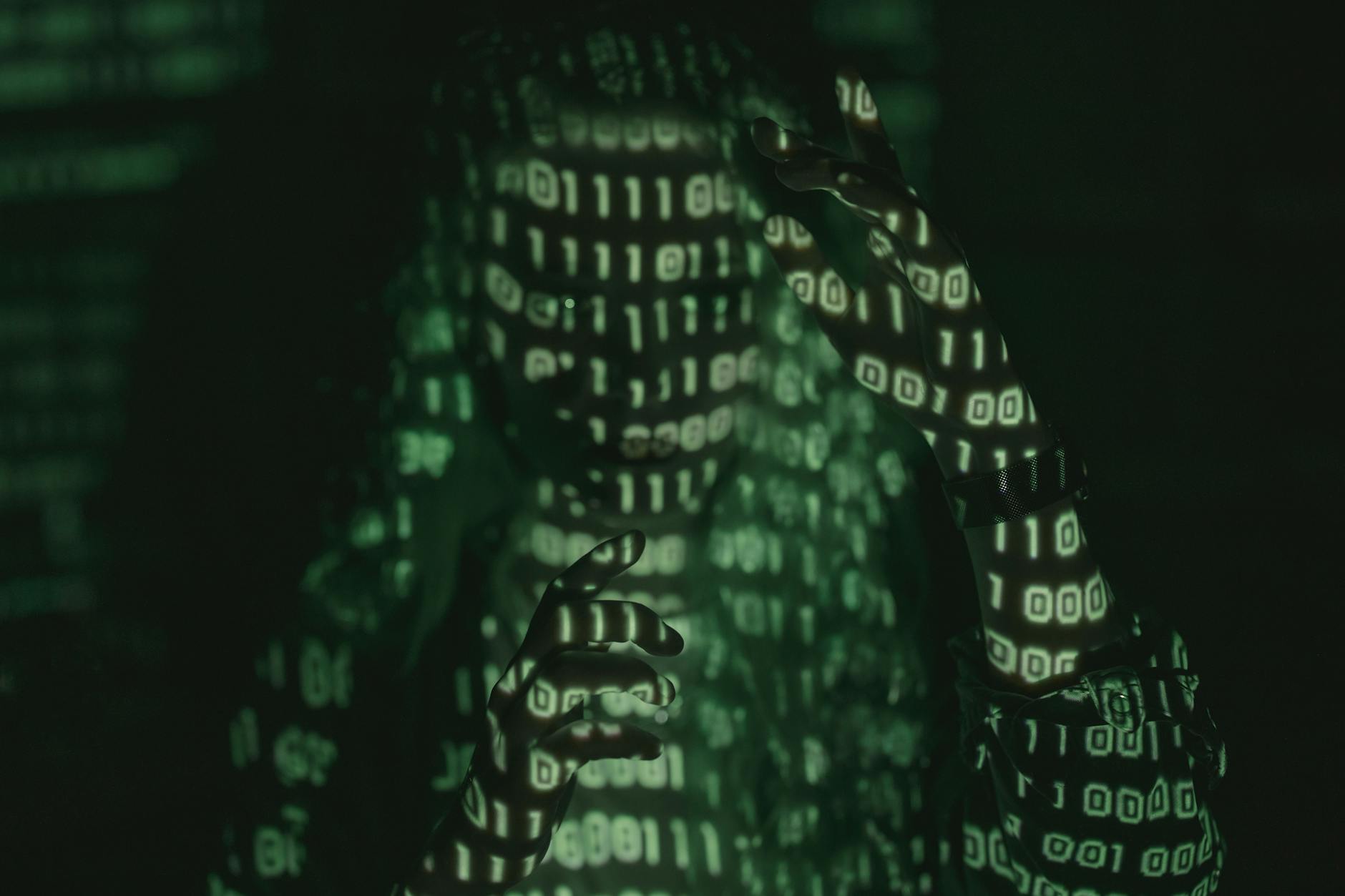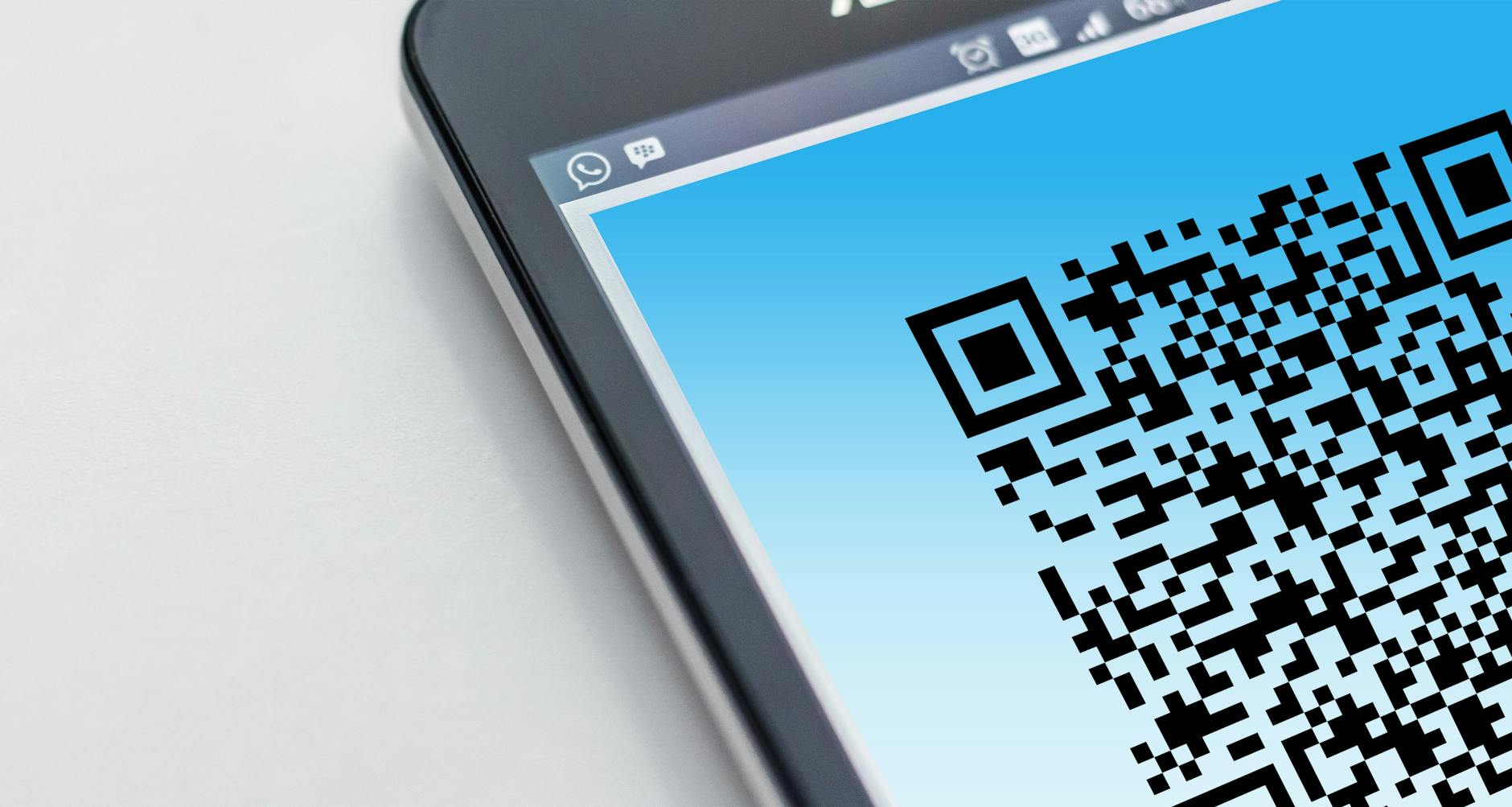You’re surrounded by QR codes—those pixelated squares that aim to simplify life but can introduce unexpected dangers. Lately, cybercriminals have leveraged these codes for phishing scams, a tactic known as “quishing.” By embedding malicious links within the codes, attackers compel unsuspecting users to divulge sensitive information. New methods, like using legitimate services such as SharePoint in tandem with qr-code management sites, make these scams even harder to detect. As this trend rises, staying one step ahead is crucial. Familiarize yourself with tactics attackers use to protect your digital life. Don’t fall victim; understanding the threat is your first line of defense.
Understanding QR Code Phishing
In a world where technological advancements are perpetual, it’s no surprise that cybercriminals are also evolving their tactics. One of the most innovative methods that has emerged in recent years is QR code phishing, often referred to as “quishing.” This digital scam leverages the convenience of QR codes to trick individuals into revealing sensitive information. As the sophistication of these tactics increases, understanding how they operate is essential in safeguarding yourself against potential threats.
The Mechanism of QR Code Phishing
 Photo by cottonbro studio
Photo by cottonbro studio
QR code phishing often begins with something as innocuous as a simple email, perhaps even appearing legitimate. The email might include a QR code labeled as something familiar or urgent—an invoice, a delivery notice, or even a business contact detail. This code, once scanned, redirects you to a fraudulent website designed to harvest your personal data. This technique capitalizes on our natural tendency to trust QR codes, since they’re common in daily transactions and promotions.
Examples of such phishing attempts include:
- Redirecting you to a fake banking website to capture your login information.
- Taking you to a cloned social media page asking for your credentials.
- Triggering malware downloads onto your device under the guise of “software updates.”
For more details, you can explore a comprehensive overview on QR code phishing attacks.
Evolution of QR Code Phishing Techniques
While the concept of QR code phishing isn’t entirely new, the methods have become increasingly devious. Recently, a variant known as “Quishing 2.0” has been identified, reflecting the cunning strategies employed by cybercriminals. This updated tactic involves using multiple QR codes to bypass security filters that are typically effective against single code scans.
In “Quishing 2.0”, attackers exploit services like SharePoint and QR code management sites such as me-qr.com. The scam may arrive as an innocuous PDF with a QR code that appears to lead to a legitimate site, effectively slipping past initial security checks. Once scanned, this QR code directs you to another code, enabling the malicious landing page to evade detection. It’s like an elaborate game of redirect that ends with you unwittingly handing over your credentials.
Recent reports highlight these developments, showing just how evolving QR code phishing attacks continue to advance, demanding vigilance and awareness from all digital users.
Understanding these mechanisms can arm you with the awareness needed to spot potential threats. As QR code phishing becomes more sophisticated, staying informed is more crucial than ever.
The Rise of Quishing
The world of cyber threats is constantly evolving, and QR code phishing, colloquially known as quishing, is no exception. As QR codes have become ubiquitous in modern society, hackers view them as ripe opportunities to exploit. Quishing campaigns leverage the simplicity and convenience of QR codes to deceive users into compromising their sensitive information. Understanding the latest trends and case studies helps you stay vigilant against these sophisticated attacks.
Statistics and Trends
 Photo by Mikhail Nilov
Photo by Mikhail Nilov
Recent reports highlight a staggering rise in QR code phishing incidents in 2024. According to a detailed analysis by Barracuda, over half a million phishing emails embedded with QR codes have been detected in PDF formats. Another comprehensive study by Keepnet Labs notes a 270% monthly increase in such attacks, showcasing the growing threat landscape. The proliferation of QR codes in everyday transactions has fueled this trend, making them an effective vector for cybercriminals.
Some key statistics from recent research include:
- 433% increase in references to QR code phishing as noted by Recorded Future
- 12.4% of all phishing attacks now include QR codes, a massive jump from 0.8% in earlier years, as per Link CPA
- Executive level personnel are exposed to QR code-based phishing 42x more often, according to Abnormal Security
These figures denote an urgent need to increase awareness and bolster defenses against this quishing trend.
Case Studies of QR Code Phishing Attacks
To understand the gravity of QR code phishing, examining some real-world case studies is beneficial. These instances highlight the cunning strategies of attackers and the potential impacts on victims.
- University Exploitation: An attack at Washington University demonstrated how cybercriminals embedded QR codes in fake university-related communications to capture personal information. The campaign was highly targeted, aiming at students during enrollment periods.
- Malware via QR Codes in Tea Shops: In a separate attack, hackers tricked customers at various tea shops by replacing genuine QR codes with malicious ones. When scanned, these codes triggered a series of malware downloads. This case was reported alongside other sophisticated tactics in a Keepnet Labs blog.
- Sophos Targeting: Cybersecurity company Sophos uncovered a quishing campaign targeting its employees, aiming to steal internal data. The attackers used QR codes embedded in emails, cloaking them in messages appearing to come from trusted corporate partners.
These examples illustrate the diverse and sophisticated nature of QR code phishing, emphasizing the importance of constant vigilance. By staying informed about these deceptive tactics, you can better protect yourself and your digital assets.
Protecting Yourself Against QR Code Phishing
As cyber threats evolve, you can arm yourself with the knowledge to safely navigate potential pitfalls, especially those as seemingly harmless as QR codes. Here, you’ll find essential tips to help you spot and avoid these phishing attempts.
Identifying Phishing QR Codes
 Photo by Pixabay
Photo by Pixabay
Recognizing fraudulent QR codes is your first line of defense. They can be embedded in emails, advertisements, or even displayed on physical surfaces. Here are a few indicators to spot these traps:
- Unexpected Source: If a QR code comes from an unknown or unsolicited source, be cautious. It could lead to phishing websites or trigger malware attacks.
- Lack of Context: Genuine QR codes usually have some context or brand association to signal their purpose. If it’s unclear what scanning the code will do, it’s best to avoid it.
- Misspelled URLs: When you scan a QR code, preview the URL before proceeding. Spelling errors or suspicious domain names can indicate phishing attempts.
For more in-depth strategies, check out How to protect against QR code phishing attacks.
Secure Practices for Scanning QR Codes
Understanding how to safely interact with QR codes can prevent potential security breaches. Adopt these practices for a safer experience:
- Use Trusted Apps: Employ security apps that scan and verify QR codes before opening links. This extra step can prevent accidental exposure to malicious sites.
- Verify the Source: Always ensure that the code comes from a reputable source. Legitimate businesses will often incorporate their logo or branding around the QR code as assurance.
- Preview Links First: As you scan a QR code, your device should display the URL it links to. Verify the address carefully before visiting the site, similar to how you check email attachments.
For further reading on avoiding scams, see How to Protect Yourself from QR Code Scams.
Adopting these habits not only helps shield your personal data but also empowers you to interact confidently with digital content in today’s complex online environment. Stay vigilant and informed, and you’ll be better equipped to face the ever-evolving threat of QR code phishing.
Future Outlook on QR Code Phishing
As technology rapidly evolves, so do the tactics of those who exploit it. QR code phishing, or “quishing,” is an ever-developing threat that requires keen attention and proactive measures. Understanding how this menace might evolve and what roles everyone plays in preventing it can help fortify your defenses effectively.
Technological Advances and Their Impacts
 Photo by cottonbro studio
Photo by cottonbro studio
Technological growth is relentless, offering more sophisticated means for cybercriminals to execute QR code phishing attacks. With the rise of mobile usage and digital payments, QR codes have become embedded in everyday transactions. This trend provides fertile ground for phishers seeking to misuse these conveniences. As outlined in a recent study, these advances make it increasingly challenging to distinguish legitimate codes from malicious ones.
The future could see phishing tactics integrating artificial intelligence to create more convincing fake sites or to dynamically alter attack vectors, preventing detection by security measures. Quantum computing may even play a role, offering criminals unparalleled speed in cracking weak encryptions if defenses don’t evolve concurrently.
Would today’s typical security measures suffice? It’s crucial for technology and strategy to progress hand-in-hand, ensuring safety evolves at the same pace as potential threats.
The Role of Organizations and Users
Both organizations and individual users play pivotal roles in thwarting QR code phishing. Companies must adopt robust security protocols, educating their workforce to recognize potential threats and implementing technologies like AI-driven detection systems that monitor and neutralize risks instantly. Regularly updated training can transform employees into the first line of defense, empowering them to identify and report suspicious activity promptly.
Users, on the other hand, need to be vigilant. It’s essential to maintain a healthy skepticism of unsolicited QR codes, particularly those lacking context. Familiarize yourself with the latest tactics and ensure your devices have updated security features. For individual protection, adopting habits such as using trusted QR scanning apps and verifying URLs before proceeding can make a significant difference.
Collaboration between tech developers and users can help close security gaps faster. Engaging with resources like this detailed analysis on future phishing scenarios can enhance your knowledge, preparing you to navigate this digital minefield effectively.
Are you equipped to face these evolving threats? Stay informed, stay cautious, and keep your guard up as the landscape shifts. Looking ahead, it’s a shared responsibility—one that demands awareness, adaptation, and action—from both individual users and organizations alike.
Conclusion
Staying vigilant is your best defense against evolving QR code phishing schemes. Today’s cybercriminals adapt quickly, using tricks that we might not expect. First, be wary of any unsolicited QR codes and always verify their source before scanning. It’s crucial to remember that not all codes are friendly, especially when they come without context.
You should arm yourself with knowledge about these scams. Consider security apps that check QR code safety before you proceed. Asking yourself basic questions like, “Is this code legitimate?” could save you from future headaches.
Educating others is equally important. Share these insights with colleagues and family to create awareness. A single QR code scan can lead to data breaches, so staying informed keeps you ahead of the curve.
Let’s not underestimate the significance of protecting our digital lives. Technology changes fast, and so must our defenses. Stay alert and proactive. The more cautious you become, the safer your data remains.


